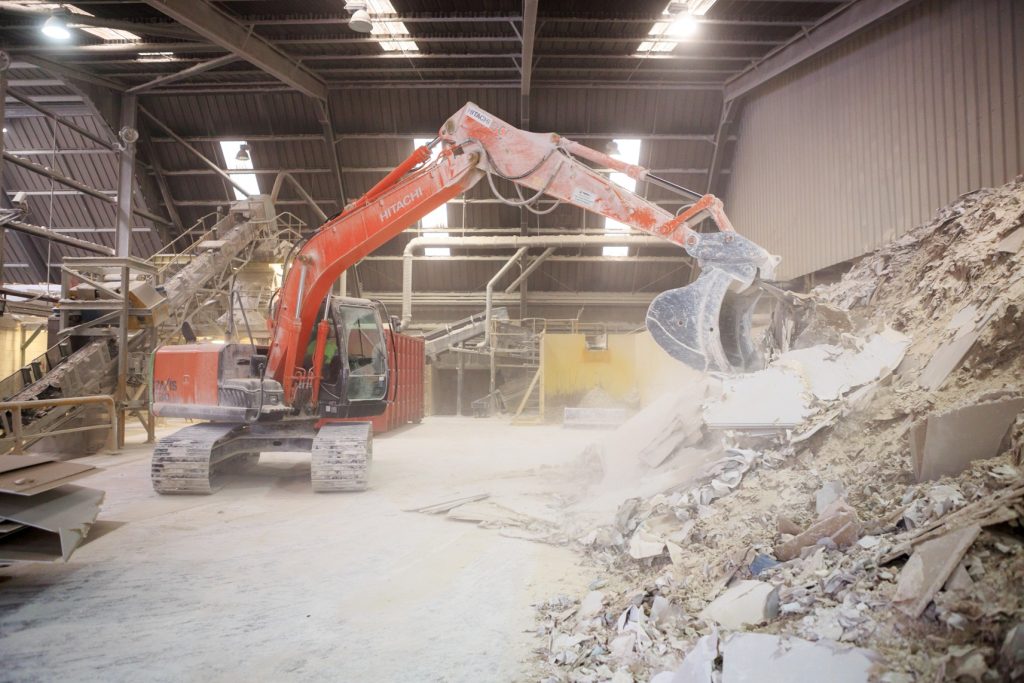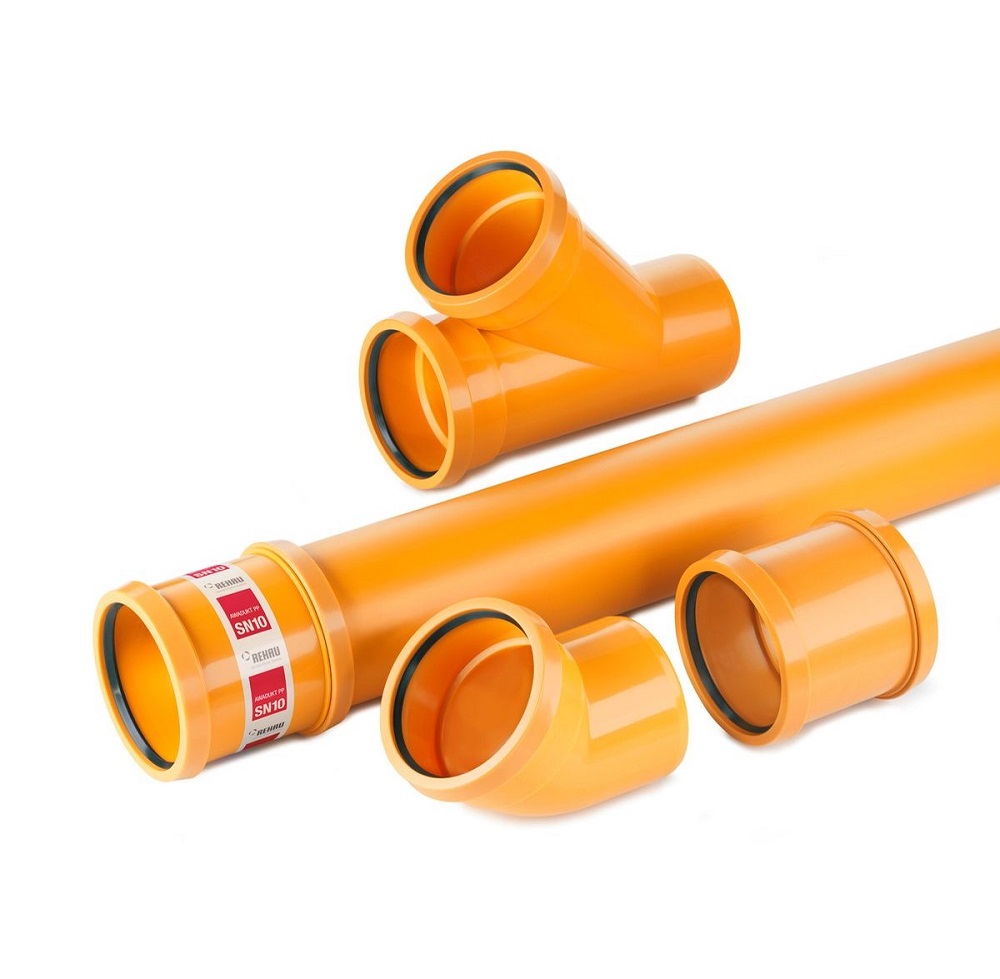Cradle to cradle

In late 2015, the European Union unveiled its new ‘Circular Economy Package’, a long-term, pan-European strategy to support the recovery and re-use of materials by both consumers and industry. It sets out legislative targets for waste reduction and is ultimately aimed at encouraging a shift away from our current linear approach to resources – a model of ‘take, make, use and dispose’ – to a more sustainable vision of recycling and the cyclical use of materials.
The package has attracted its fair share of controversy. The publication was delayed a number of times and for many it does not go far enough – for example, binding targets for the recycling of municipal waste have been watered down from 70%, as proposed in 2014, to 65% under the new plan.
Certainly in the case of construction there is still more to be done. Our industry is an inherently resource-intensive one, placing severe pressure on dwindling virgin materials. The industry is also the UK’s largest producer of waste – the Department for Environment, Food and Rural Affairs (DEFRA) estimates that construction accounts for around half of the 200 million tonnes of waste generated annually in the UK. If we are serious about adopting the circular economy then construction has to play its part.
From demolition to deconstruction
Among the EU’s proposals for the construction industry is a recommendation to develop voluntary pre-demolition guidelines for buildings. This is essential if we are to encourage the recovery of usable and high-value materials during demolition.
However, without enforcement and clear parameters for implementation, progress on this front is likely to be painfully slow.
Siniat has been taking part in ‘Gypsum to Gypsum’, an EU LIFE-funded, three-year European research project exploring how the plasterboard industry can make the move to a circular economy. Although focused on one material, the project has provided recommendations applicable to many sectors of the construction industry with the aim of ‘deconstructing’ buildings instead of demolishing them.
One is that we must establish controlled and precise processes for the sorting of waste to avoid contaminating materials and rendering them unsalvageable. The study also highlights that we need to make deconstruction audits for buildings over 1,000 square metres mandatory, not just best practice. These should be produced prior to a building’s deconstruction, providing a detailed inventory of its materials to aid their recovery and re-use at the end of the building’s lifecycle.
Closing the loop
Changing our approach to demolition is a key part to solving the circular economic puzzle, but we also need to design, specify and build for recyclability.
The Gypsum to Gypsum research project recognises that materials recovery cannot be the responsibility of one sector alone – construction and demolition companies, waste collectors, recyclers and manufacturers must all work together in order to achieve this goal. However, specifiers and designers have a particularly important role to play.
It would be counter-productive to recycle materials recovered from the deconstruction process if this uses more energy than that needed to create new ones. As an industry, therefore, we perhaps need to consider prioritising building products not just for the benefits they offer occupiers, but also for the impacts of their recyclability at the end of a building’s lifecycle.
The reason behind the EU LIFE’s focus on gypsum is that it can easily be ‘closed-loop’ recycled – this means that it can be infinitely recycled as gypsum for use in the manufacture of new plasterboard, without affecting the quality of the new product. Industry research into other products that could be recycled at minimal energy costs would be time and money well spent.
Prioritising recycling
As an intensely resource-hungry and waste-heavy industry, construction needs to be on board if the circular economy is to become a reality. There are economic, as well as moral motivations, for making the transition. The EU estimates that a more circular approach to materials could support job creation and bring net savings of 600 billion Euros for European businesses.
It will not be an easy process of change, necessitating greater supply-chain collaboration and a shift in the focus of both design and demolition strategies towards materials recovery. However, the difficulties are far outweighed by the potential economic and environmental cost savings.





















